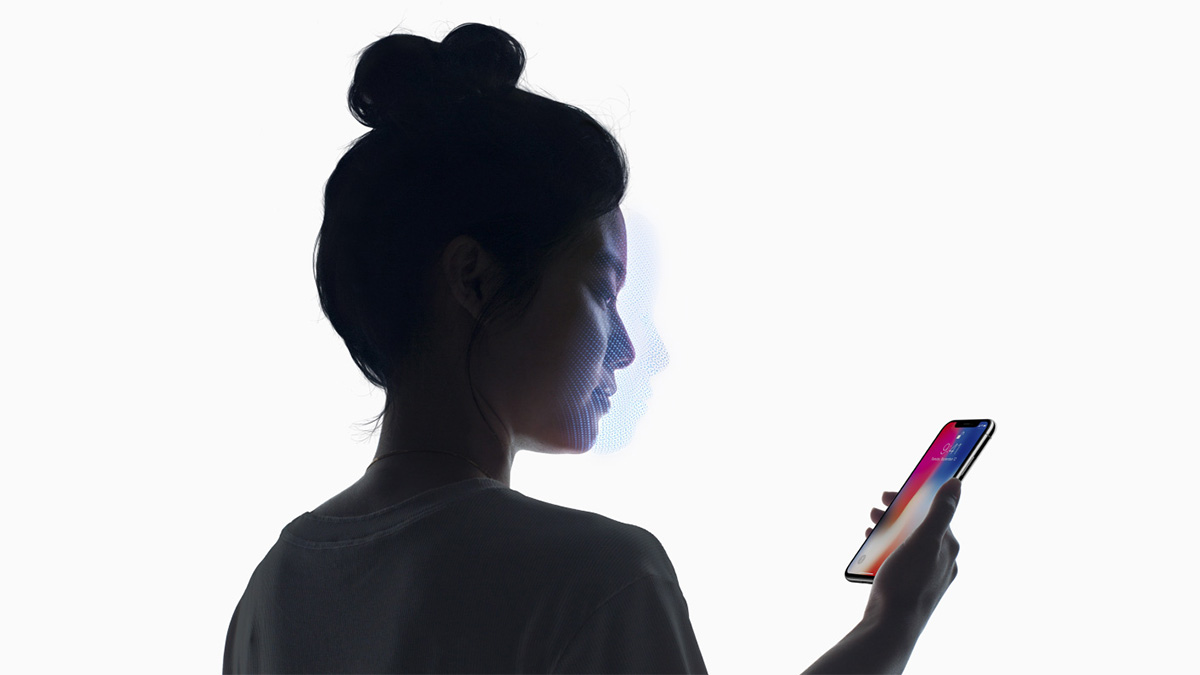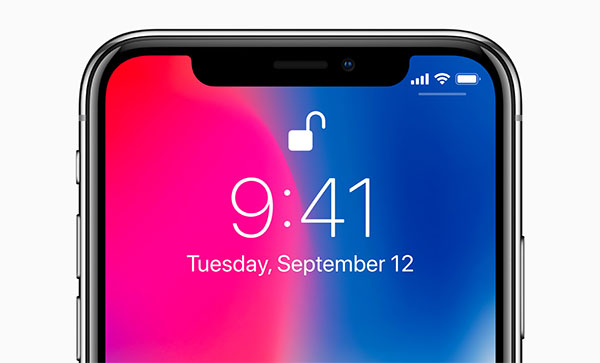KGI Securities analyst Ming-Chi Kuo said back in October that he expected it to take everyone else around two and a half years to catch up to Apple’s Face ID with their own facial recognition systems.
Now that appears to have been further backed up by a report by Reuters, which cites three major parts producers who believe that it will take at least two years as of right now.

The timescales are apparently due to Apple’s lead over the competition as far as research and development is concerned, but also that the parts required to make something like Face ID work are tightly controlled within the supply chain by – you guessed it – Apple.
According to parts manufacturers Viavi Solutions Inc, Finisar Corp and Ams AG, bottlenecks on key parts will mean mass adoption of 3D sensing will not happen until next year, disappointing earlier expectations.
That means that Samsung, Huawei, Xiaomi and others could be a total of almost two years behind Apple, which launched Face ID with its iPhone X anniversary phone last September […]
Apple, Huawei and Xiaomi all declined to comment, as did Samsung, whose current phones use a standard camera for facial recognition.
Reuters uses a $390 million dial between Apple and Finsar as an example of the control it currently has over the supply chain associated with Face ID parts. This covers vertical-cavity surface-emitting lasers (VCSELs), which are said to be a particularly important part of the 3D camera that is used in the iPhone X in order to make Face ID a reality. Apple is said to have previously sourced the parts from another company, but then it moved on to Finisar after supply bottlenecks.
The iPhone maker’s $390 million deal in December to secure supplies from VCSEL-maker Finisar was one such move […] Several sector analysts say their channel checks show Apple was initially sourcing VCSELs chiefly from California-based Lumentum and that bottlenecks in production there last year also spurred the $390 million deal with Finisar.

While more VCSEL suppliers are beginning to come online, the consensus among those who know about the industry is that the small volumes available will mean that other smartphone makers will struggle to get the parts required to build a mainstream Face ID competitor. This is expected to remain the case until at least 2019.
(Source: Reuters)
You may also like to check out:
- Fortnite Mobile Streaming To Twitch From iPhone, Here’s How To Do It
- PUBG Mobile Controller Support On Android, iOS: Here’s What You Need To Know
- Here’s PUBG Mobile Network Error Code Fix To Try On iOS And Android
- Fortnite Mobile Invite Codes Sign Up May No Longer Be Needed To Play, Here’s What You Need To Know
- Fortnite Mobile IPA Link For iOS Download Now Available Outside The App Store
- Download iOS 11.2.6 IPSW Links And OTA With Fix For Messages Crashing Bug
- Jailbreak iOS 11.2.6 / 11.2.5 / 11.2.2 On iPhone And iPad [Status Update]
- Jailbreak iOS 11 / 11.1.2 On iPhone X, 8, 7, iPad Using Electra Or LiberiOS [Updated]
You can follow us on Twitter, add us to your circle on Google+ or like our Facebook page to keep yourself updated on all the latest from Microsoft, Google, Apple and the Web.

